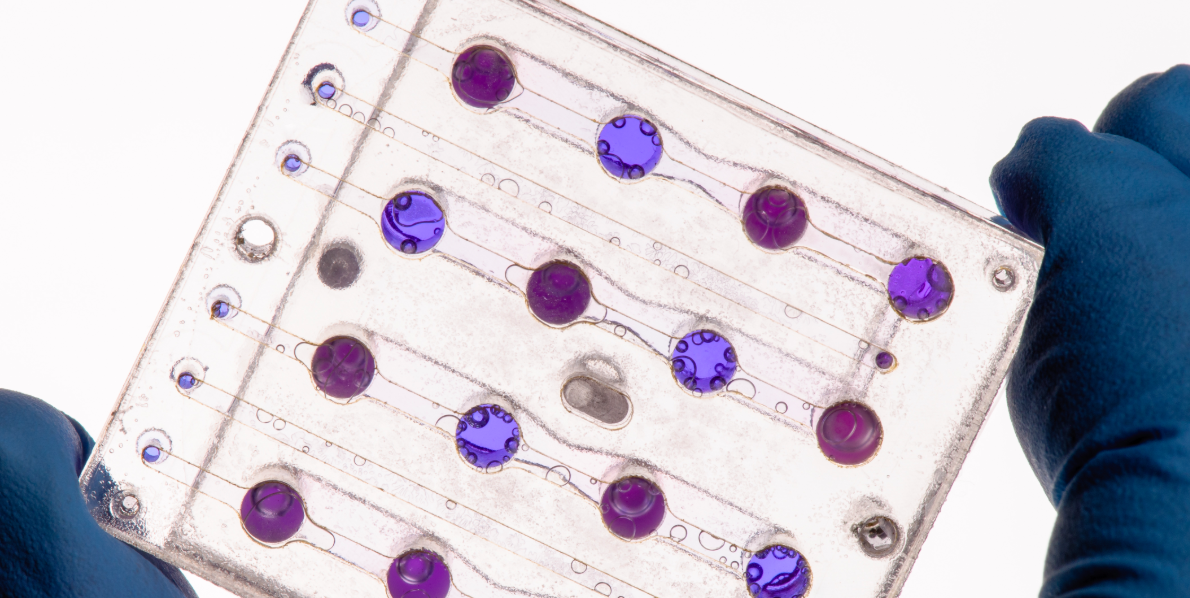NASA Is Launching Yeast Into Deep Space

NASA will be sending yeast cells where no man has gone before. After years of prep work, the agency is planning to relaunch its biology studies with BioSentinel, a project that will carry yeast cells into orbit around the sun.
One of the basic questions about space is if people can actually live there. We already know to some extent that we can, thanks to the continued existence of the International Space Station. As companies from SpaceX to Blue Origin begin to discuss grandiose plans of building new worlds, NASA is taking the steps to see the effects that extended living in deep space would have on life.
To study these fundamental questions, NASA uses what are called "model organisms," or non-human species that scientists understand clearly. In this case, they decided upon yeast cells-"the very same yeast that makes bread rise and beer brew," NASA says in an explainer.
This wasn't a random choice. Yeast cells, like ours, are comprised of entwined strands of DNA that carry genetic information. The powerful energy radiation found in deep space can cause those strands to break down.
When the cereal box-size CubeSat carries the yeast cells, known as Saccharomyces cerevisiae, past Earth's protective magnetic field, NASA will trigger the growth of two strains of S. cerevisiae. One strain is a common strain that can normally rebuild damaged DNA, just like human cells. The other has more difficulty with the rebuilding process.
From Earth, the CubeSat will fly past the moon toward the direction of the sun. Samples will be activated at different times during the 6- to 12-month mission.
With any luck, the CubeSat will be ready to fly by October. Once complete, it has a voyage booked on Artemis 1, NASA's first unmanned flight with its shiny new Space Launch System.
Two more BioSentinel experiments will be running simultaneously, NASA says.
"One will run on the space station, in microgravity that is similar to deep space, but with comparatively less radiation. Another experiment will take place on the ground, for comparison with Earth’s gravity and radiation levels," reads NASA's explainer. "These additional versions will show scientists how to compare Earth and space station-based science experiments-which can be conducted much more readily-to the fierce radiation that future astronauts will encounter in space."
Taken together, the BioSentinel data should offer crucial insight into the effects of space radiation exposure. That, in turn, could lower the risks associated with long-term human exploration. And that could make it easier for humans to roam the stars.
So it's a long scientific journey. Artemis 2, which will be manned, is planned for 2023 and will hopefully take humans to the Lunar Gateway-not quite the deep space for which BioSentinel is testing. But if and when humans make it out past the moon, further than anywhere in human history, they'll have some measly yeast cells to thank.
Source: Space
('You Might Also Like',)

